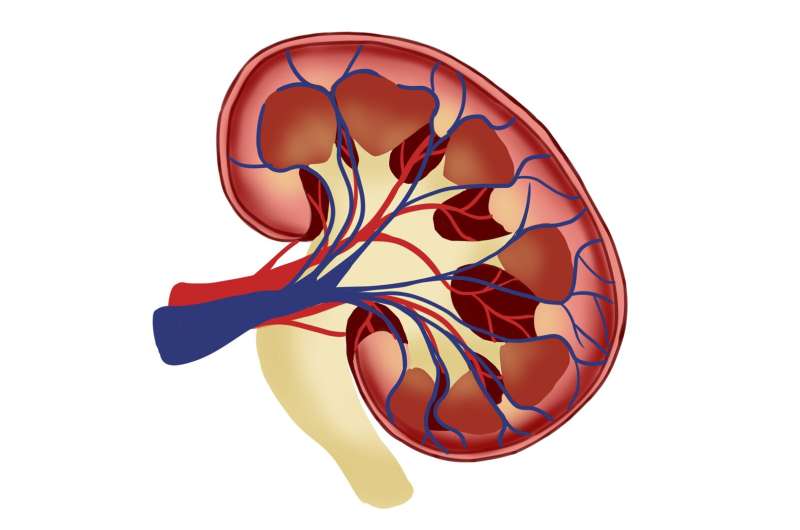New Insights Into Cellular Organization Enhancing Cancer Treatment Strategies

Researchers uncover how tiny cellular components remain organized, revealing new targets for cancer therapy by disrupting protein interactions involved in cell adhesion and signaling.
Scientists at the City of Hope have made significant progress in understanding how tiny structural components within cells remain organized, which provides promising new avenues for cancer therapy. Published in Science Advances, their research highlights the role of paxillin, a focal adhesion protein that functions as a central hub connecting with various other proteins. Despite its inherently fluid and disordered state, paxillin appears to be a promising target for therapies aimed at disrupting cancer cell behavior.
The team focused on the complex signaling pathways involving paxillin, particularly its interaction with focal adhesion kinase (FAK). These interactions are crucial because they enable cancer cells to adapt to their environment, evade immune detection, and develop resistance to treatments. Understanding these mechanisms enables researchers to identify potential points of intervention.
A key discovery was the identification of a specific interaction site where paxillin binds to the C-terminal domain of FAK, known as FAT. This binding involves a conformational change where the proteins shrink to fit into a restricted space, while still maintaining enough flexibility to influence larger focal adhesion networks. This interaction appears to be a novel mechanism that could be exploited to develop targeted therapies.
Utilizing advanced spectroscopy techniques similar to MRI physics, the researchers combined experimental data with computer simulations to model the structural dynamics of paxillin and FAK interactions. These combined methods allowed for an unprecedented level of understanding of how disordered proteins operate and interact. This research not only sheds light on paxillin’s function in cancer cells but also provides insights into the behavior of other disordered proteins.
Dr. Ravi Salgia emphasized that disrupting paxillin's interaction with focal adhesions could lead to new, precise treatments for cancer. Such targeted therapies might selectively affect cancer cells without impacting healthy tissues, offering hope for more effective and less invasive cancer treatments.
This breakthrough was made possible by a collaborative effort involving researchers from City of Hope, the University of Maryland, and the National Institute of Standards and Technology. Their innovative approach paves the way for further exploration into disordered proteins, which have historically been challenging targets for drug development.
The findings represent a major step forward in understanding cellular organization at the molecular level, with potential implications beyond cancer treatment, potentially impacting various fields of biology and medicine.
Stay Updated with Mia's Feed
Get the latest health & wellness insights delivered straight to your inbox.
Related Articles
Updated Guidelines Emphasize Asking Diabetic Women About Pregnancy Intentions at Every Healthcare Visit
New guidelines recommend healthcare providers routinely discuss pregnancy intentions with women managing diabetes during every medical visit to improve preconception care and reduce risks.
Promising Results from National Trial for Rare Blood Cancer Treatment
Early results from a national clinical trial indicate that a combination therapy may significantly improve outcomes for patients with the challenging blood cancer, CMML, offering new hope for long-term remission.
Breakthrough Research Supports Precision Surgical Treatments for Pediatric Kidney Stones
A landmark study by CHOP researchers compares surgical options for kidney stones in children, emphasizing personalized treatment and improved recovery outcomes. Findings support tailored approaches to enhance pediatric urological care.
The Potential of Human iPSC-Heart Cells in Fentanyl Opioid Research
Recent studies utilizing human iPSC-derived cardiomyocytes reveal fentanyl’s detrimental effects on heart rhythm, providing new insights into overdose-related cardiac risks and potential for personalized research approaches.



